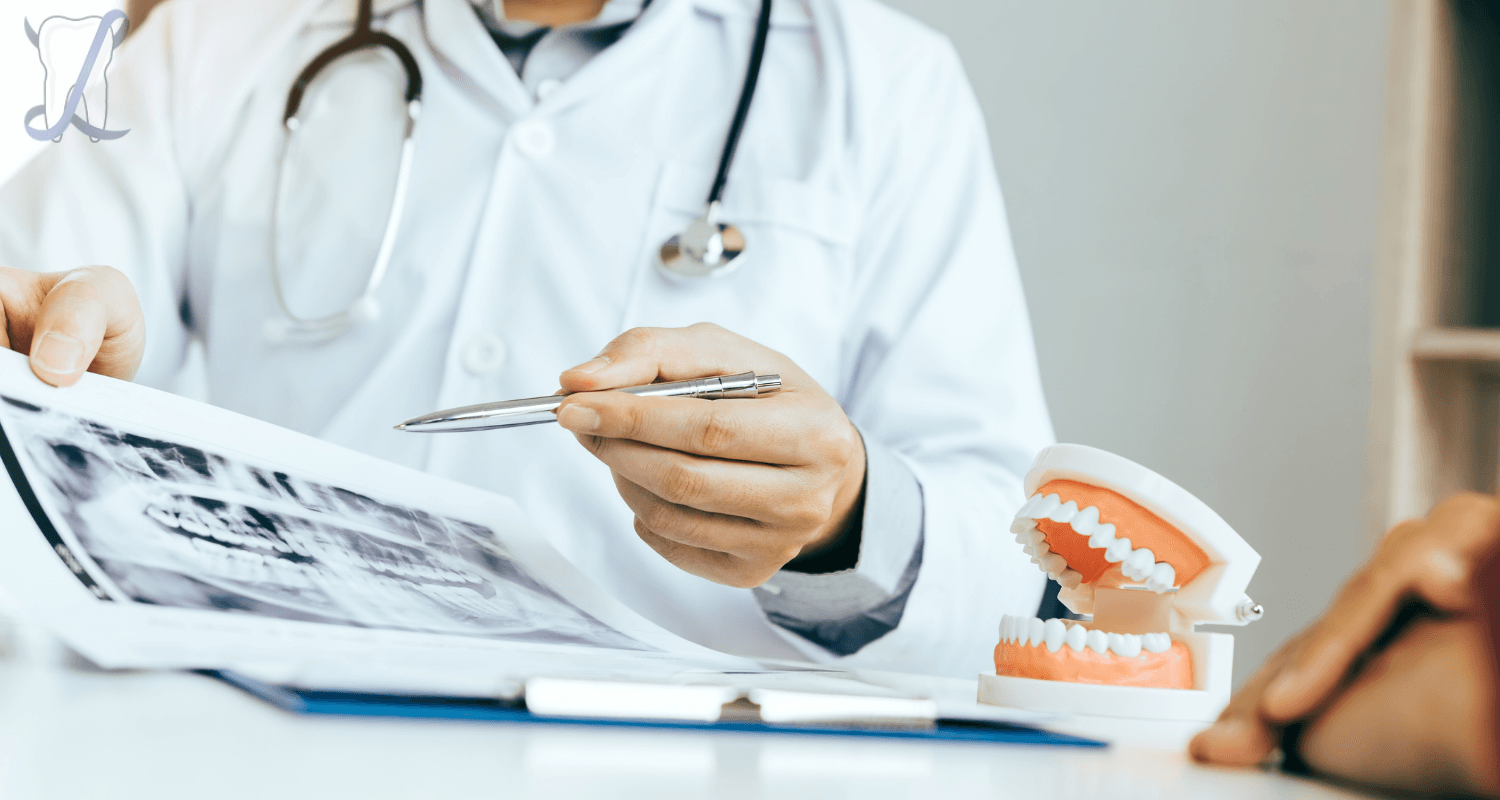ORAL CANCER SCREENING
Oral Cancer Screening|Oral cancer is a serious disease that involves the uncontrolled growth of cells within the mouth. Most of these types of carcinomas begin in the surfaces of the mouth, most commonly the lips or tongue. However, this type of cancer can develop anywhere within the mouth. Your dentist has experience looking for signs of oral cancer, even if you may not have noticed anything yourself when looking in the mirror while brushing and flossing. The use of tobacco and alcohol are the largest risk factors in the development of oral cancer. Men are more more prone to this than women, normally following the age of 40. Almost 38,000 people in the United States receive a diagnosis of some form of oral cancer each year. When detected early, oral cancers are usually treatable using surgery or radiation. Also, depending upon size and location. Once the cancer has been removed, reconstructive surgery is often employed.
SYMPTOMS OF ORAL CANCER
Oral cancer often begins as a lump or sore inside of the mouth that doesn’t go away. The patient may have difficulty swallowing, eating and talking. Their sense of taste may be affected. They may have enlarged lymph nodes and unexplained weight loss.
SOME SYMPTOMS OF ORAL CANCER INCLUDE:
- Bleeding
- Cracked areas within the mouth
- Difficulty swallowing or eating
- Difficulty speaking
- A lump that will not go away
- The presence of a non-healing sore that may be an unusual color
- Unexplained weight loss
SCREENING FOR ORAL CANCER
If you are a heavy drinker or smoker, It’s important that you undergo a routine oral cancer screening regularly. Even if you do not regularly smoke or drink, a regular checkup can help detect the early presence of cancer, significantly improving any treatment outcome.
PHYSICAL EXAM
Oral cancer are often found during routine checkups. If any signs of oral cancer are spotted, your dental team will check for any lumps found on the lips, cheeks, gums and neck. As a result, the sinuses and throat may also be examined.
ENDOSCOPY
This helps the dentist visualize within the mouth and throat. As a result, the dentist may order a biopsy if he finds anything suspicious.
X-RAYS
If the dentist finds anything in the mouth or neck to be abnormal, x-rays may be recommended.
BARIUM SWALLOW
This test looks for problems with a patient’s swallowing ability. In addition, the patient will swallow liquid barium during an x-ray examination. This allows the doctor to track any changes in the structures of the throat and mouth.
BIOPSY
The dentist will order a biopsy to remove a small amount of suspected tissue for a detailed examination under a microscope. A biopsy helps make a definitive oral cancer diagnosis.
FOR ADDITIONAL INFORMATION
Learn more about oral cancer screening today. Our dental office happily accepts new patients. Contact us today!

